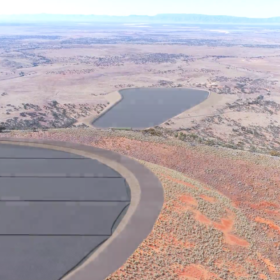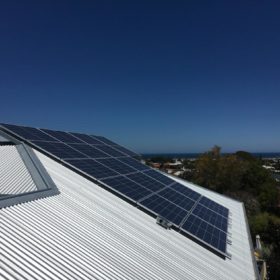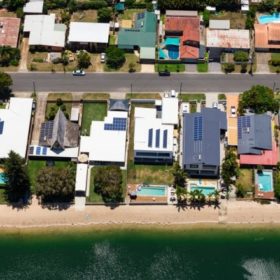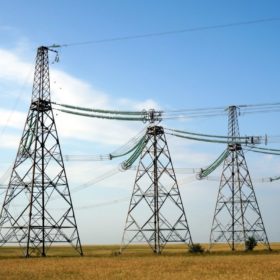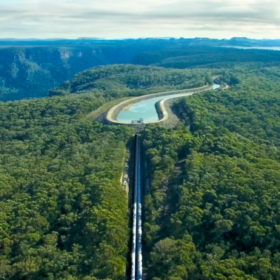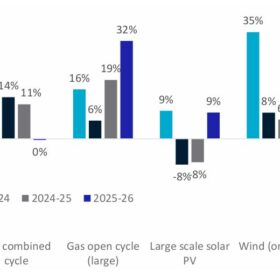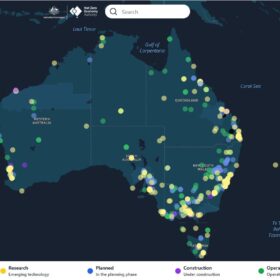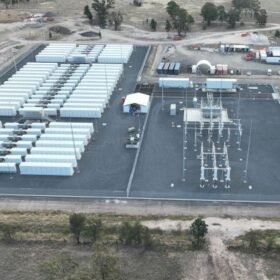The kids of Goat Hill: Altura proposes 1GW of east-coast pumped hydro projects
You’ll recall that in 2019, an Australian National University Study identified 22,000 potential pumped-hydro energy storage sites across Australia. Altura Group, is proposing development of three east-coast sites that are also close to strong transmission connections, abundant renewable resources and load centres.
How to manage gigawatts of rooftop solar and batteries? AEMO’s DER register is live!
Australia’s distributed energy resources — rooftop solar, batteries, smart devices — have become a force to be reckoned with, and AEMO has opened its DER Register to help integrate consumer assets into what is expected to become the world’s most sophisticated two-way energy market.
NSW Government’s Empowering Homes program set in motion
The Berejiklian government has launched a pilot program that will allow eligible Hunter residents to access interest-free loans for battery and solar-battery systems.
Small-scale utility solar thriving on path of least resistance
South Australia is seeing a surge of small-scale utility solar as the niche, particularly around the 5MW mark, can fly under the radar of much of the electricity network’s congestion woes. The newly completed Mannum Solar Farm Project is one such example.
Agrivoltaics in New Caledonia
The 16-greenhouse Focola project has been developed by French renewables developer Akuo and local utility company Enercal Energies Nouvelles on the Pacific Ocean territory.
AEMC decides against new rule on calculating transmission losses
The Australian network rule maker has ignored the plea of some of the biggest solar and wind project owners in Australia to change the way marginal loss factors (MLFs) are calculated. While it has acknowledged that transmission has failed to keep up the pace with renewable energy investment, it did not come up with any suggestion on what should be done to ameliorate the problem.
International consortium claims 25% efficiency for flexible CIGS solar cell
Researchers led by Belgian institute imec claim to have achieved the result with a 1cm² flexible thin-film cell intended for building-integrated PV application. The result tops the 24.6% efficiency the consortium announced in September 2018. The cell’s developers are now aiming for 30%.
The 16 GW imperative: Large-scale solar conversation moves into storage
“We need 16 GW of storage in the NEM to complement the renewable generation coming in,” said former Prime Minister Malcolm Turnbull at a renewable energy conference this week. And in one sense, that’s all you need to know…
Gladstone to run on gas-green hydrogen blend as gigawatt-scale plans take shape
The traditional coal and gas hub of Gladston is turning into a green hydrogen mecca with two new ambitious projects in the pipeline. The city has been selected to host a gigawatt-scale green hydrogen and ammonia development and a gas injection facility to blend renewable hydrogen into its natural gas network.
Why go solar? We can think of at least 333 reasons
Australian researchers have compiled data from 173 studies which examined homeowner behavior when buying rooftop PV and identified 333 predictors related to the attitude, knowledge, tendency, awareness, willingness and intent of householders.
